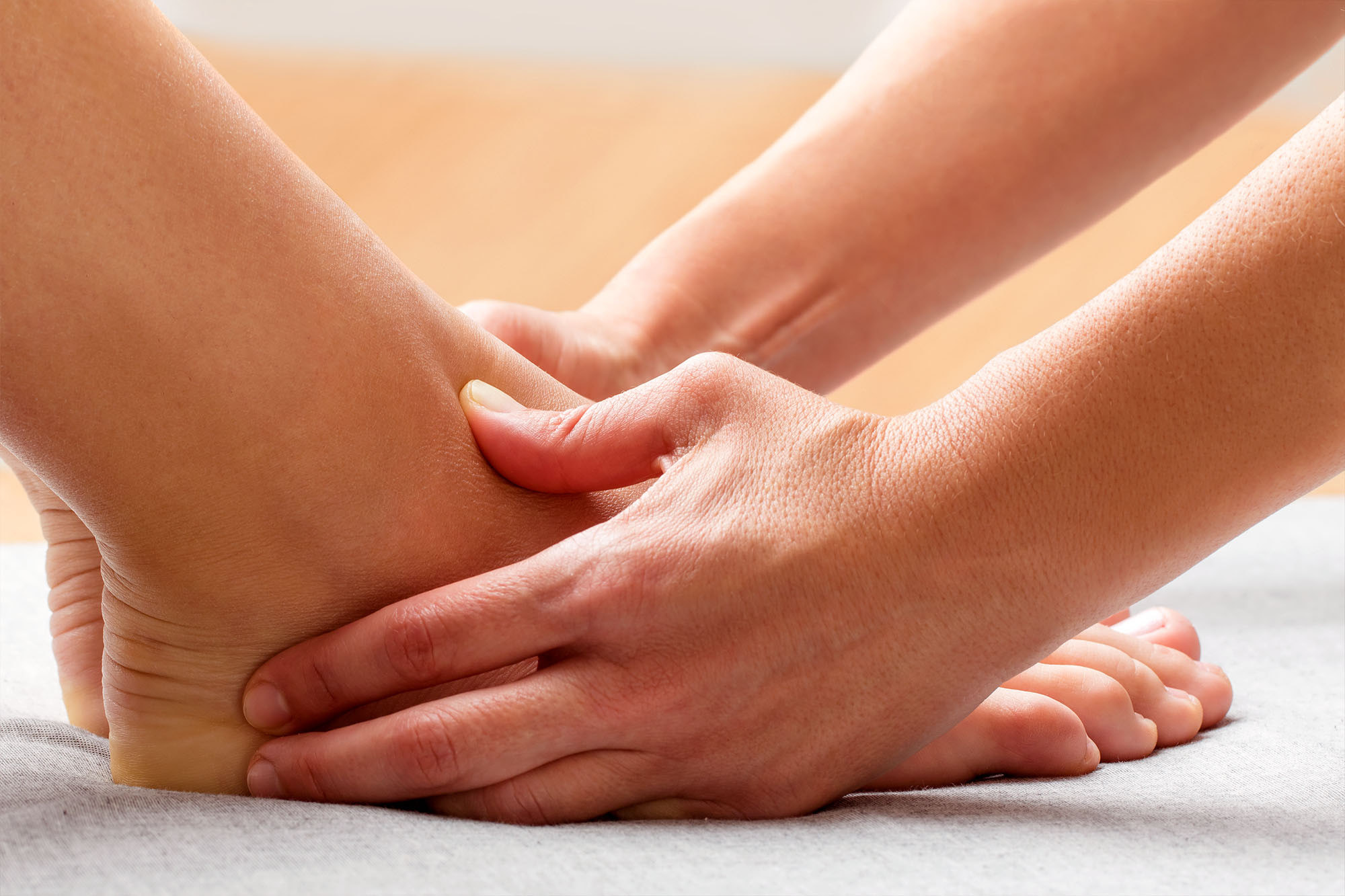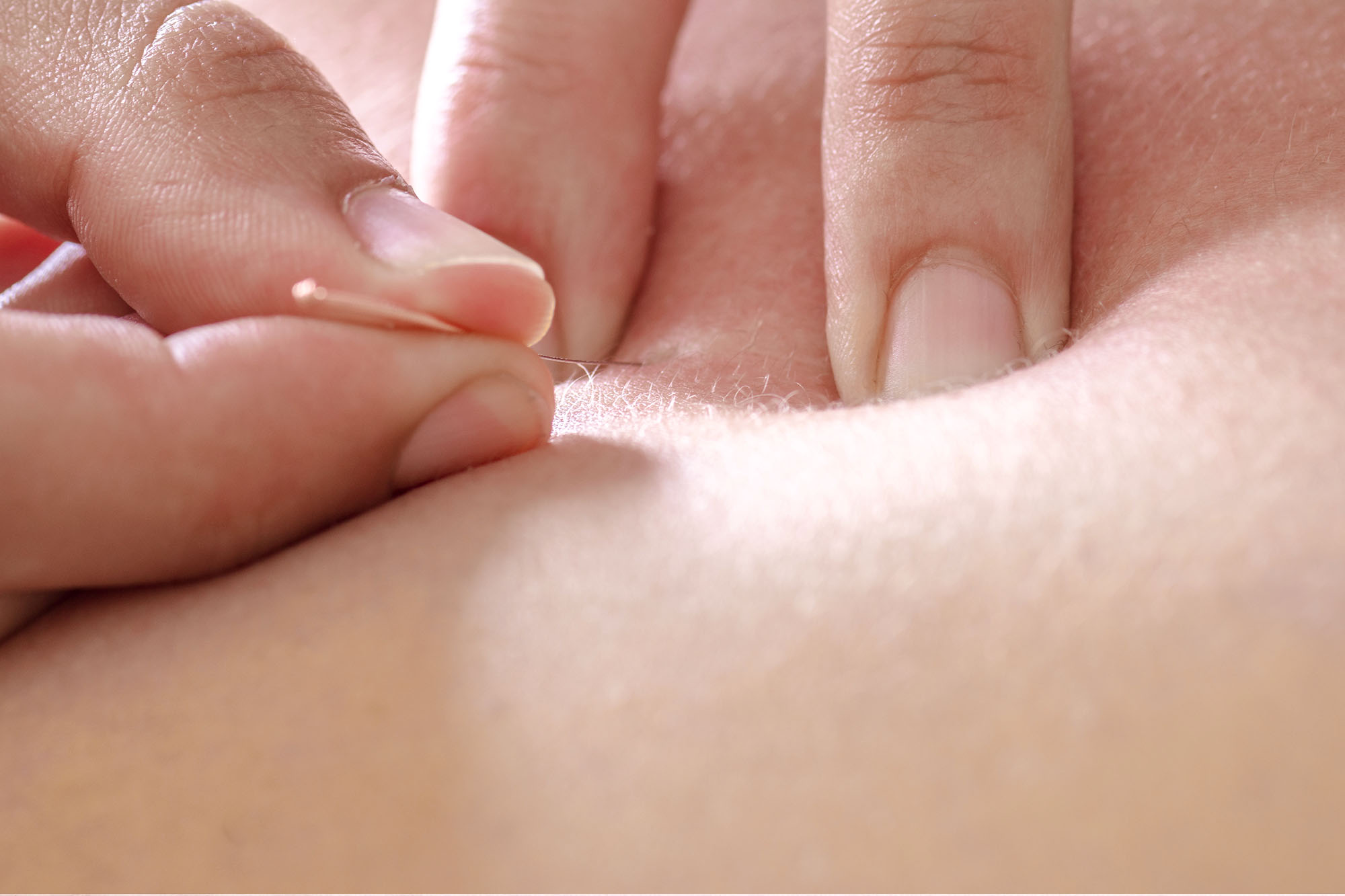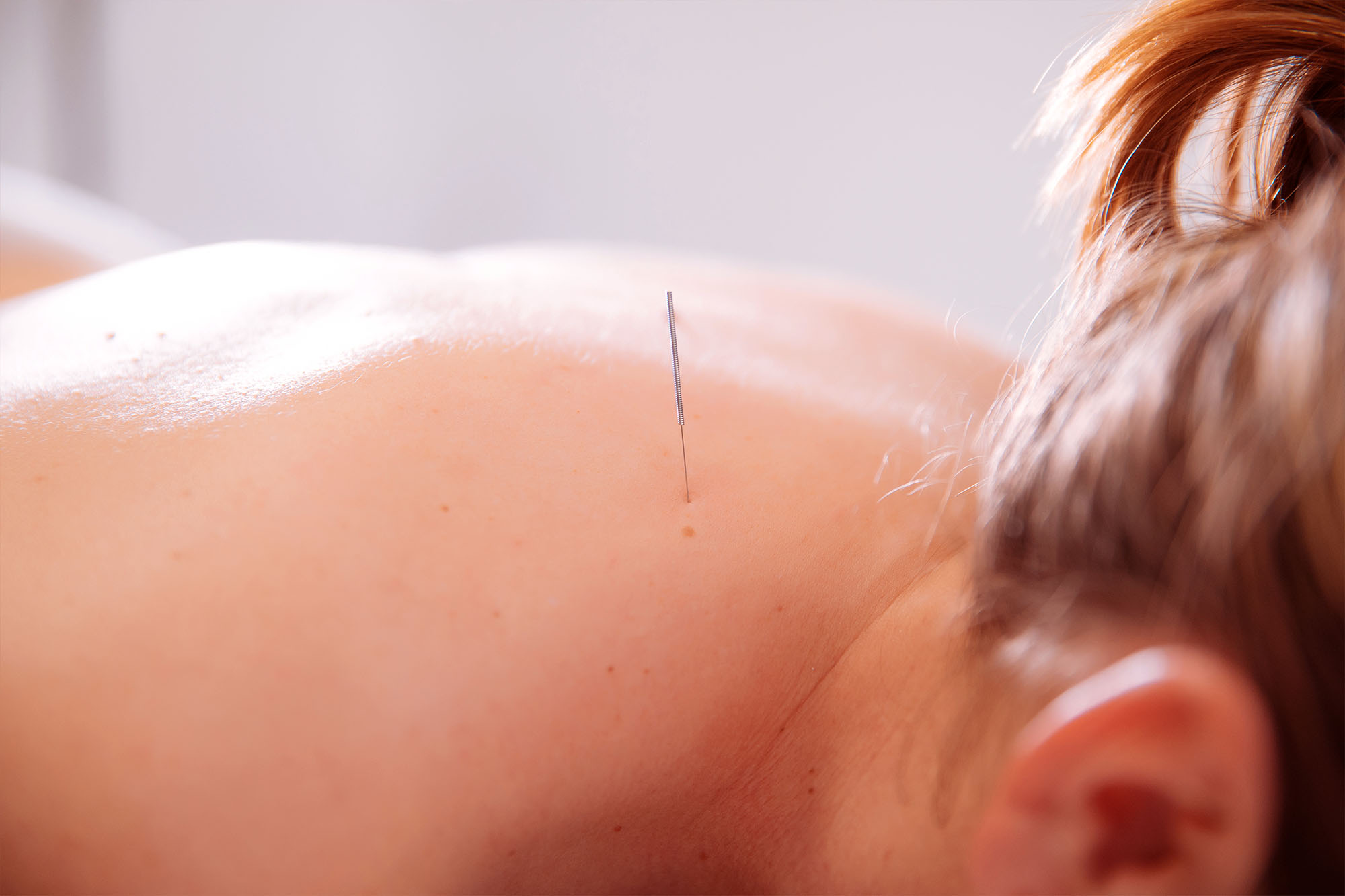Treatment Modalities
As a Manual Therapist with a degree in Osteopathy, I have many treatment options available to ensure your treatment is specific and effective for you. This page gives a brief explanation of those options (choose below), but if you have any questions about treatment and what to expect, then plea get in touch.
You can also find answers to specific questions in our FAQs section.

MANIPULATION
Manipulation covers a large range of techniques. These centre around manipulating joints and soft tissue to correct restrictions in range of motion. In simple terms, when you get pain, for example in a joint and/or surrounding tissue, then there is something wrong. When the body is injured, it tries to repair itself and that leads to many symptoms including the build-up of various chemicals around the site of injury. This can cause your range of movement to become restricted as the body tries to fix things. Often this leads to a change in movement, so, though your pain may be in one area, the cause may be somewhere else. One of the keys to my treatment is the idea that tightness and restriction in your nerves and muscles can be caused by or lead to other problems.


⇨ Soft Tissue Manipulation
Muscles spasms, stiffness, inflammation, swelling and just general tightness respond well to soft tissue techniques. Any pushing, pulling and moving the body to improve the quality of the muscles, ligaments and tendons are soft tissue techniques. These can include direct techniques like deep tissue massage and trigger point therapy to help with muscle knots and pain, and effleurage can help with lymphatic drainage, swelling and fluid retention. There are also indirect techniques where the painful area isn’t moved directly or even touched. These include assisted stretching where I work with you to loosen and elongate muscles to get you to move better.
⇨ Articulation
Articulation is used to get joints moving safely and gently. It has the added advantage of allowing me to stay within your pain-free and comfortable range of movement. Articulation is useful in decreasing inflammation and helping create pain-free movement getting you to return to activities.
⇨ Manipulation
I may use Manipulation as part of your treatment to help you move better. Just as you can crack your fingers, other particular types of joints called synovial joints can also be made to click. Joint manipulation is most commonly used on the pelvis/spine/neck area, ribs, elbow, and ankle joints. To perform this manipulation, I will use my hands to gently move your joints and tissues to correct any restrictions in your range of motion. These manipulations form a small part of treatment and I will only perform them with your full consent.
By performing targeted manipulations (and in combination with other treatments noted on this page), many patients are able to move or exercise more easily, experience less pain, breathe better, see improvements in sleep quality, and go about normal day-to-day activities with less interference from symptoms.
THERAPEUTIC ULTRASOUND
Ultrasound therapy is the use of sound waves to treat musculoskeletal problems. Ultrasonic waves or sound waves of a high frequency that is not audible to the human ear are produced by means of mechanical vibration in the metal treatment head of the ultrasound machine. The high-frequency sound waves travel deep within the body tissues and generate heat and vibration to treat selected medical conditions such as pain, muscle spasms and joint contractures and inflammation. This is a very safe and pain-free method.
To allow the sound waves to pass from the treatment head, a water-soluble gel is applied. The treatment head is moved continuously over the surface of the skin in the region of the injury transmitting the energy into the tissues, for approximately 3-5 minutes. Ultrasound dosage can be varied either in intensity or frequency of the ultrasound beam according to the type and location of injury.


WESTERN ACUPUNCTURE (dry needling)
What is Dry Needling?
Dry needling is a unique procedure intended to specifically target and restore muscle function, with an emphasis on improving tissue healing and restoring normal tissue function. This is important as continued activity with poor muscle function may lead to further tissue damage and increased pain. Dry Needling involves inserting a very thin needle without injection. “Dry needling” is another name for western medical acupuncture. In treatment, a needle is inserted into the skin and muscle directly at a myofascial trigger point (MTP). A trigger point is point in the muscle associated with a ‘knot’. This is an area that has become painful and can radiate pain in predictable patterns.
How does it work?
When combined with conventional treatment options, dry needling can be an influential method to accelerate pain reduction, healing and the restoration of normal tissue function. The exact mechanisms of dry needling are complex and not fully known. However, there is a growing body of scientific evidence that supports the positive effect inserting a needle has on the electrical and chemical communications that take place in our nervous system. These include inhibiting the transmission of pain signals in our spinal cord and increasing the release of our own pain relieving chemicals within our brains. The pain relieving effect of dry needling is gaining strong support in mainstream Western medicine, with public hospital systems now directly funding its use.
Does it hurt?
A healthy muscle feels very little discomfort with insertion of this needle. However, if the muscle is sensitive and shortened or has active trigger points within it, the subject will feel a sensation like a muscle cramp (the “twitch” response). This is perfectly normal.
What is the difference between Dry Needling and Acupuncture?
Unlike acupuncture, the objectives and research behind the use of dry needling by physical therapists is not based on ancient theories or teachings of traditional Chinese medicine. The performance of modern dry needling by physical therapists is based on Western Neuroanatomy and modern scientific study of the musculoskeletal and nervous systems. Both Dry Needling and Acupuncture do, however, use a solid needle filament.


STRETCHING & ADVICE
Stretching can be incorporated into your treatment plan in 2 different ways.
As a Manual Therapist, I may treat tight and sore muscles or trigger points by using stretching techniques. These work by stretching and engaging the muscle which allows the muscle to reset to the correct tension. This is also known as muscle energy technique (MET). This is a gentle method which can improve range of movement and reduce muscle discomfort.
You may also be given advice on Incorporating stretching into your daily activities. Stretching is a natural activity that often occurs instinctively, e.g. when we first wake up in the morning or after a long period of inactivity. The importance of stretching before and after exercise, is well known. However, with the increasingly sedentary lifestyles we lead, I believe stretching has a place in everyday life to try and avoid the build-up of muscle knots or trigger points. A few simple stretches every day can make a big difference.




